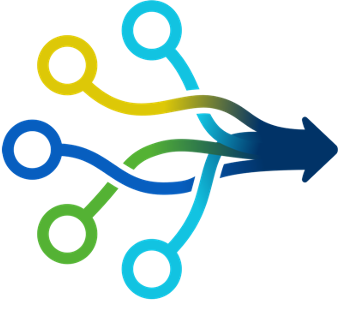Place-Based Exposures
Use Case Champion
Carmen Marsit, Emory University
Summary
Place-based research has been used extensively in environmental health to examine exposures, and to examine exposure and social and structural determinants of health. The intent of this use case is to be able to make use of data sources beyond specific personal examinations of exposures to integrate with wider place-based measures of exposures. There is an opportunity to bring together different types of place-based studies across all types of geographic locations, which allows us to look at the data at a national level, by creating a shared language to harmonize and unify data. The goal and anticipated output of this use case is to develop tools and strategies for a shared vocabulary and semantic ontologies that could improve the rigor and interoperability of place-based research to increase the impact of research to improve public health and inform prevention and policy efforts.
Deliverable
We mapped examples using specific studies and data sets onto existing ontology (ExO) to identify missing pieces or additional information in order to address some of the intricacies of the place-based data available.
Approach
The focus of our use case is limited to focus on place-based exposures. Specifically, we have focused on ExO as an exemplary ontology with opportunity to bring in additional ontologies from CANUE and our partners CHEAR/ HHEAR, to make sure our place-based measures can map into some of the laboratory-based measures they are working on. The first dataset example we are using is based on work at NIEHS on the Geospatial Data Project. Specific variables from this dataset are being worked with to fit into ontological frameworks.
Status
This work has been transitioned into the Biomarkers & Biological Processes use case as outlined above and the work completed has been used to inform that use case.



